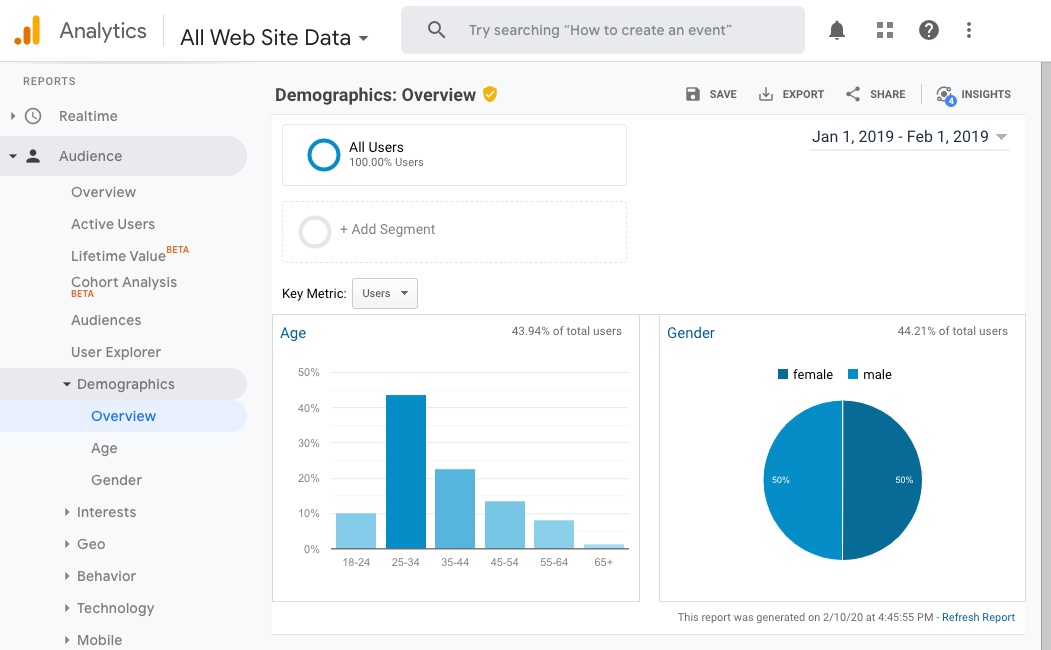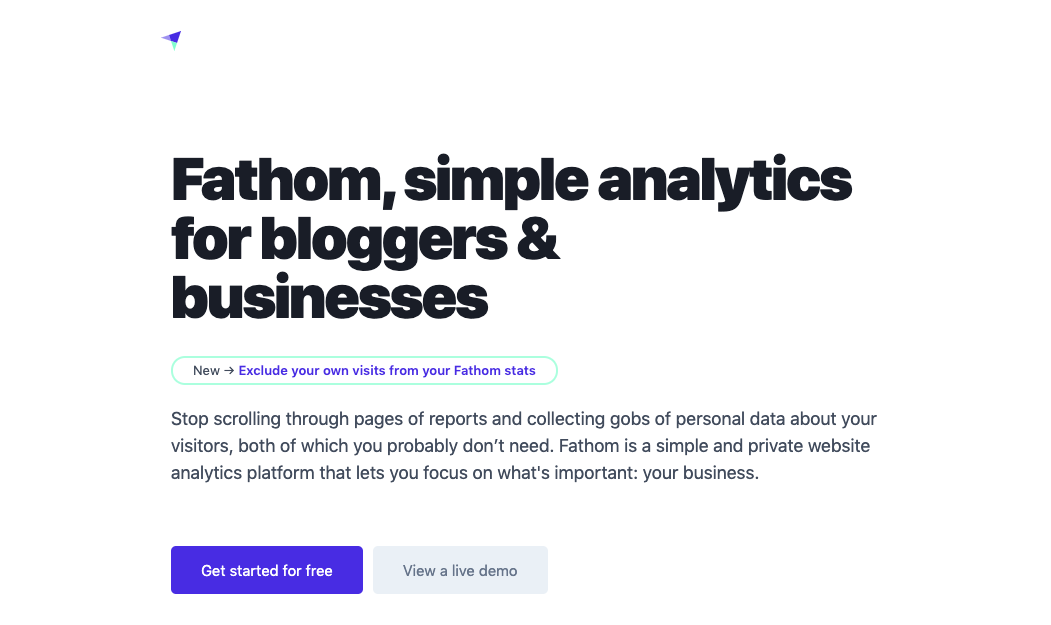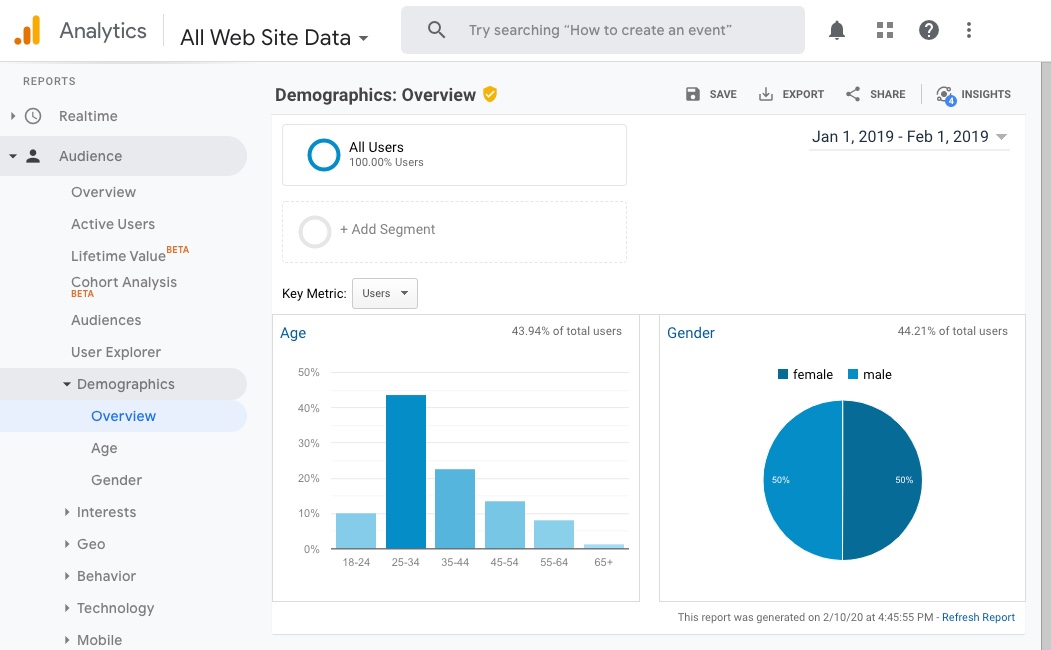[ad_1]
We work on a lot of web projects.
When we kick one off, we dig in and ask questions to get a better understanding of the business—specific questions about target audiences, value propositions, and brand differentiators.
The discussion is designed to reveal if there is more work to be done in the way of aligning how to talk about the thing we’re selling.
Whether we’re hired to write copy or not, it’s important to determine and document how you want to present your brand/business to the world with regard to messaging.
It’s often referred to as your Messaging Strategy.
Whether you don’t have one at all, you think yours needs refining, or you aren’t sure what they should include, this article should help you along the way.
How We Define Messaging Strategy
A messaging strategy considers two primary elements of communication: what you say and how you say it. It’s designed to help you establish a clear, cohesive, and compelling way of talking to your audience about your brand, product, or service.
Without one, you risk pushing unclear, fragmented communications that can make it harder to achieve your business objectives. It’s harder for design teams to design, sales teams to sell, and marketers (you) to market.
These are three key ways a thoughtful, well-developed messaging strategy can benefit your brand or business.
A Quick Case for Developing a Messaging Strategy
Clarify your target audience and associated messages
No matter the medium, the audience is central to your approach.
The process of developing a messaging strategy requires you to think about your audience with empathy. It hones in on the pains and frustrations they might be having and explores how your solutions directly address them. A clear target helps you narrow the focus of your communications, too.
Create more cohesive communications across the board
Marketing messages don’t just live on your website. They’re often distributed across print materials, via sales channels, and through word-of-mouth between customers, referrals, and strangers new to your brand.
Messaging strategies streamline the number of messages and elevate the strongest ones. They reinforce your core benefits by adding consistency and serve as a guide for any team member who writes or talks about your brand to potential prospects.
Better position your brand with effective communications
Smart marketers are concerned with how their brand is positioned relative to the competition.
A messaging strategy helps iron out your strongest brand positions and how they distinguish you from your closest competitors.
Sales teams are armed with more effective language, marketing teams can better target specific groups, and service can align on how they’re responding to customers in real time.
A thoughtful messaging strategy helps you understand your customers, better position your product/solution, and align your teams with clear, cohesive, compelling messages.
So how do you know if you might need one?
5 Questions to Gauge If You Might Need a Messaging Strategy
1) Can you clearly describe and segment your target audience(s) and your current ones?
A targeted messaging strategy requires targeted audiences. It answers the question, “who are you trying to reach and how you could segment them?”
On the surface, everyone has at least two audiences: targeted, hypothetical users and current, actual ones.
Your targeted users are the segments of audiences you want to engage with. For example, an association might have 3 segments: members, partner organizations, and individual donors.
Additionally, there are actual users that are already visiting your site. They’re often segmented by factors like demographic information and/or interests. Understanding these users is derived from taking a peek at your analytics.

There’s undoubtedly overlap in these groups, but they both inform your messaging strategy in different ways. The when, where, and how you talk about these your message matters, too.
Sticking with the association example, the things you might want to communicate to members might be different from that of donors. Members might care more about networking opportunities, while donors prioritize where resources are allocated.
In addition, analytics can inform your approach. For example, if a majority of your audience views your site on a mobile device, brevity might play a key role in getting them to engage.
2) Can you rank and prioritize audience groups as they pertain to your business goals?
You’ve heard the old adage: “if you’re trying to speak to everyone, you end up speaking to no one.”
While true, it’s not entirely helpful. Organizations are complex and often do have to speak to a wide range of audiences.
However, being able to rank your audiences in order of priority as they relate to your business objectives helps you craft more specific, compelling points where they matter.
This prevents you from stuffing all your messages onto the homepage and drowning out the big takeaway you want to leave users with.
If you’re a membership organization, and your top business priority is to recruit and retain members, then they become your highest ranking audience.
On the other hand, if your membership numbers are stable, business is driven by word-of-mouth, and you’re currently focused on earning new corporate partnerships, your messaging might be different.
3) What are the primary pains and problems each of your user groups face?
A comprehensive messaging strategy seeks to document the frustrations your users face.
Ultimately, messaging is designed to influence behavior. The goal is to write in a way that works to help you achieve your marketing objectives.
Copywriting that appeals to the emotions, frustrations, or aspirations of your audience tends to be more effective.
Identifying and documenting the real challenges your product/services seeks to address helps write more pointed, effective communications.
4) How do you connect your product/brand benefits with your users’ pains and frustrations?
I like to think of benefits in two buckets: product/service benefits and brand benefits.
Let’s use Netflix as an example.

Product/service benefits address specific user pains or frustrations.
Users hate having their viewing experience interrupted with commercials. Netflix offers commercial-free viewing to alleviate that pain.
Brand benefits on the other hand are real or perceived values or a point of difference users get from using your product.
As the streaming wars heat up, more original and exclusive content is more attractive to viewers. While Amazon has the largest volume of content, Netflix has claimed to have the most original programming.
Mapping the real benefits to the pain or problems your product/service addresses is key to creating more persuasive messaging to move users.
Here’s an example in practice.

Fathom Analytics believes that other free analytics platforms are collecting too much personal data, much of it is distracting or not useful, and typical reporting dashboards are too complex.
Headline: Fathom, simple analytics for bloggers & businesses
Body: Stop scrolling through pages of reports and collecting gobs of personal data about your visitors, both of which you probably don’t need. Fathom is a simple and private website analytics platform that lets you focus on what’s important: your business.
It’s a pretty simple, yet compelling sell if you fall into the target audience.
5) What are the top 3 messages you want to communicate?
This question gets at the elevator pitch you’re making to your audience.
A refined messaging strategy helps you quickly summarize the what, how, and why of your pitch to your key audience groups.
The goal is to make your message tight, clear, and consistent.
Know Your Team does a great job explaining the what, how, and why of their offering in the first impression of their site.

Headline: Leadership doesn’t have to be so hard
Body: Know Your Team is software that helps managers become better leaders. Use our tool to hold effective one-on-one meetings, get honest feedback, share progress, and build team rapport.
Let’s break that down.
What: software for managers
How: tools to hold effective meetings, get feedback, and share progress and build rapport
Why: because leadership is hard but it doesn’t have to be
These key questions are designed to help you refine “what” you say. They should help you identify gaps in your current messaging strategy—if you have one—and encourage you to consider developing one if you don’t.
Your brand voice—another key component of your messaging strategy—gets at “how” you say what you say: an equally important component to crafting a messaging strategy that best represents your business, attracts, and converts new customers.
In Conclusion
Doing the work to develop a strong, refined messaging strategy is an essential part of a successful marketing plan.
It helps you better understand your users, brings clarity to your audiences and internal teams, and reinforces the value proposition of your brand/business to prospective customers and partners.
If you’re finding it hard to answer some or any of these questions, chances are you have some work to do. And that’s okay.
The right partner can guide you through the process of developing a messaging strategy and establishing a clear, cohesive, and compelling way of speaking to your audience about your brand.
[ad_2]









